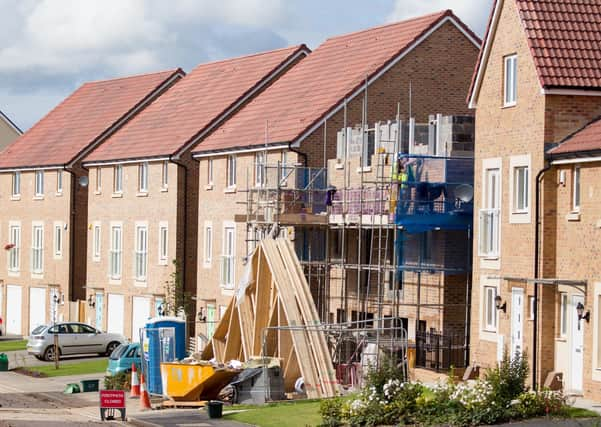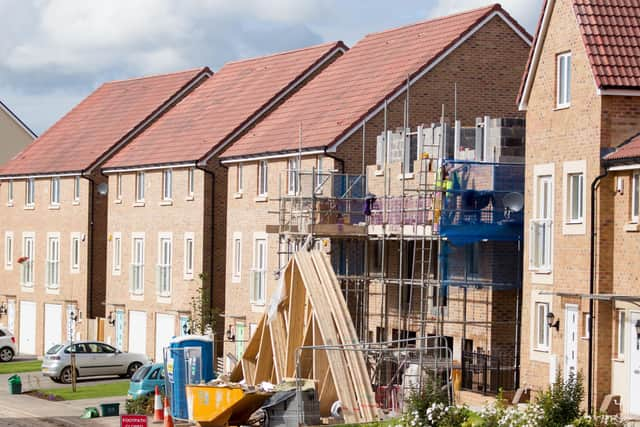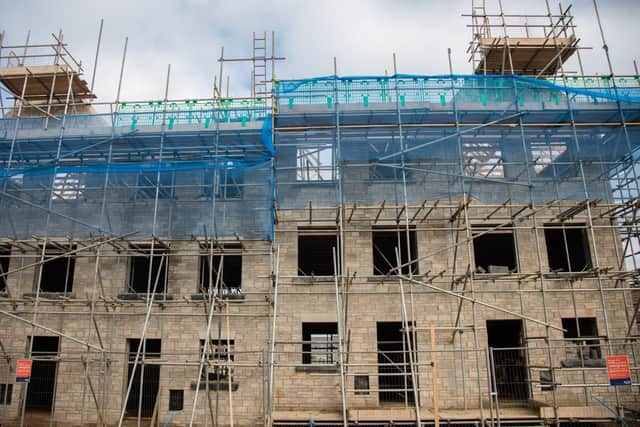Key pointers over Yorkshire house price trends and mortage rates – Ben Merritt


Previously a home was somewhere to live, but recently the same four walls, for many, became a place of work, a nursery or school, or perhaps a gym. Buyer behaviour changed and that meant we saw unprecedented levels of demand from prospective home buyers. As a result, housing stock plummeted to record lows which then drove record house price growth.
Whether you’re a homeowner, first-time buyer, landlord or other, anyone with a foot in the door of the housing market may have found the market hard to navigate recently. And that’s not surprising, particularly when commentary suggests that ‘high loan-to-value rates experienced the highest ever monthly fall’, but on the same day warns we should ‘brace for the biggest surge in mortgage costs since the 2008 financial crisis’. The timely contradiction only underlines how changeable the market has been.
Advertisement
Hide AdAdvertisement
Hide Ad

If we look at what led us to where we are, it becomes slightly clearer to see where it might go from here. The race for space, increased levels of savings, reduced debt and the cheapest ever mortgages, coupled with Government initiatives such as the stamp duty holiday, contributed to record demand. House prices continued to rise quickly too, which wasn’t the blocker you may initially think to people moving onwards and upwards as they had more equity in existing homes, helping fund higher deposits.
Meanwhile the staycation boom and increased rental demands helped holiday let investors and landlords capitalise but added further pressure to stock. Conversely, we know the supply of mortgage products early in the pandemic was sparse as lenders looked to manage service levels, including helping borrowers with mortgage payment deferrals as households grappled with furlough, job losses and health issues.
The re-emergence of high loan-to-value mortgages helped fuel a surge in purchase activity but put housing stock at critical levels of undersupply. Consequently, both first and second-time buyer markets are reducing despite demand increasing.
Not a week passes without new record-low rates becoming available, which for many lenders is driven by higher levels of liquidity – the result of increased customer savings and debt repayments contributing to banks holding far more cash than normal.
Advertisement
Hide AdAdvertisement
Hide Ad

So, whilst it’s positive for prospective house buyers to see more mortgage choice in the market again, there are still significant challenges to buy. The question is, will this last, and for how long?
To answer this, we need to look at the wider economy. While many saw personal finances hit during the pandemic, there were increased levels of disposable income and savings for others that led to more demand for goods and services. But with severe supply chain issues, we’ve witnessed significant rises in inflation, increasing the cost of living. As a result, the Bank of England has been vocal in stating its intention to manage inflation, which means the likelihood of a base rate rise has increased and could be before the end of the year.
That would likely increase the cost of borrowing. The logic being, if the level of surplus funds in the economy can be reduced, this helps to manage the supply/demand imbalance and brings inflation back under control. Lenders are already seeing the costs associated with writing mortgages increase so it may be that we’ve reached the bottom of the market from a rate perspective and could start to see rates increase.
In the short term, existing homeowners are likely to benefit the most as the level of equity in homes continues to increase and the cost of borrowing has reduced.
Advertisement
Hide AdAdvertisement
Hide AdIn the long term, there is still a lot of uncertainty. The impact of the government’s Covid support ending could contribute to lower demand. Though the inequality of supply and demand has a way to go before they reach a natural equilibrium which supports stable house prices.
As such, house price growth will likely continue for now, albeit at a more modest rate, and I suspect mortgage rates will remain competitive. Banks and building societies will continue to support the economy too, by looking for ways to innovate, differentiate and help existing buyers move up, and new buyers move on, to the housing ladder.
Ben Merritt is senior mortgage manager at Yorkshire Building Society.
Comment Guidelines
National World encourages reader discussion on our stories. User feedback, insights and back-and-forth exchanges add a rich layer of context to reporting. Please review our Community Guidelines before commenting.